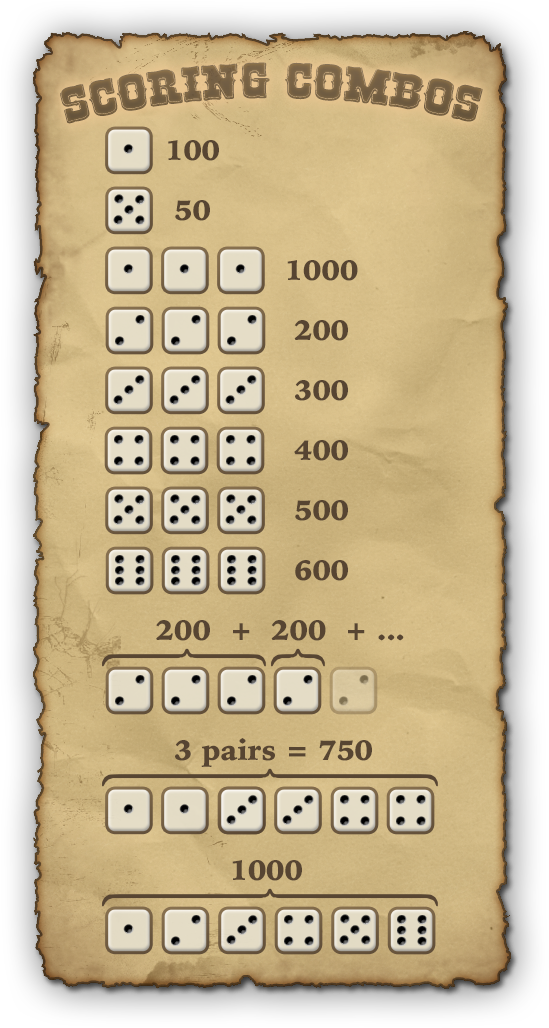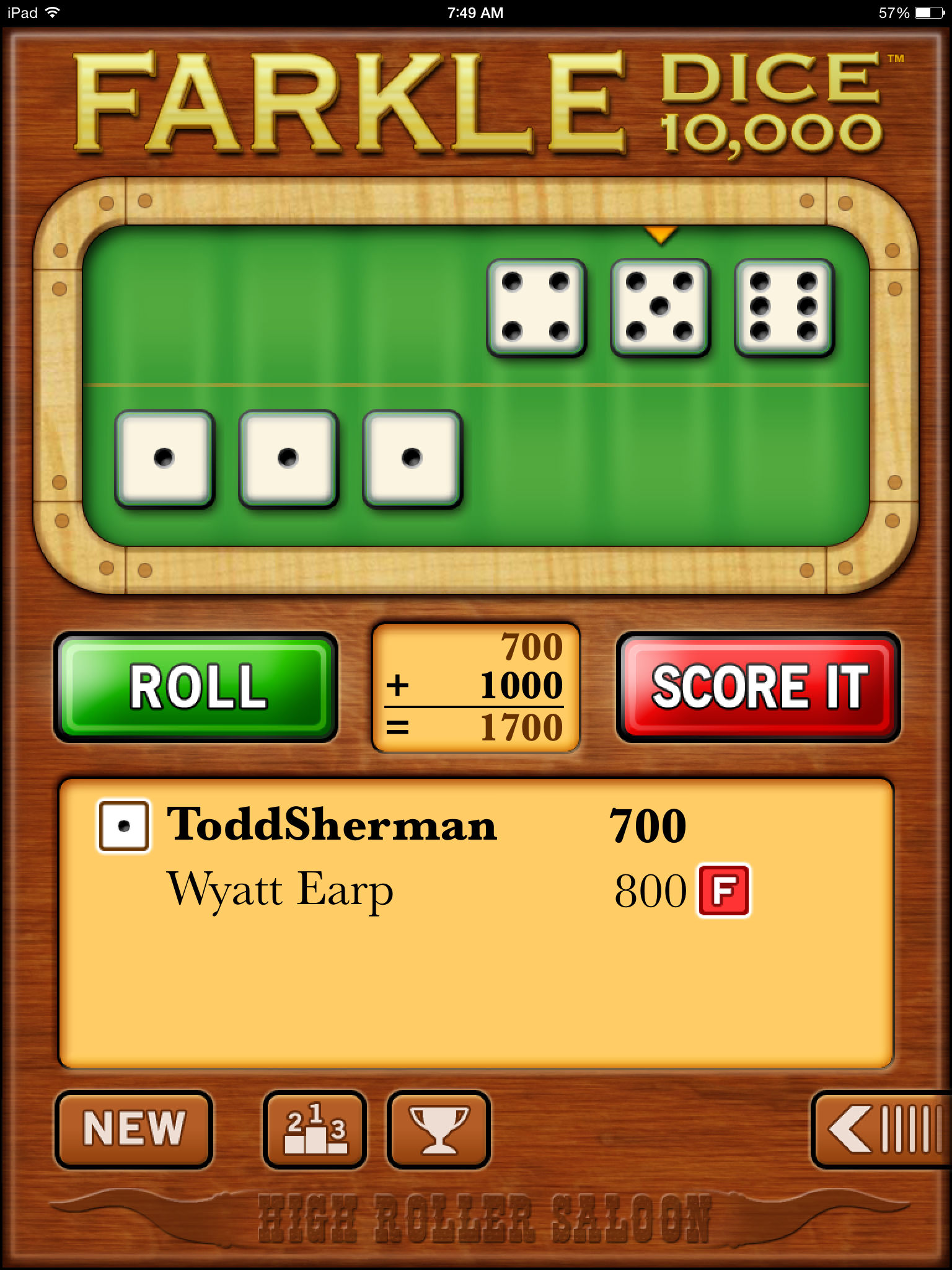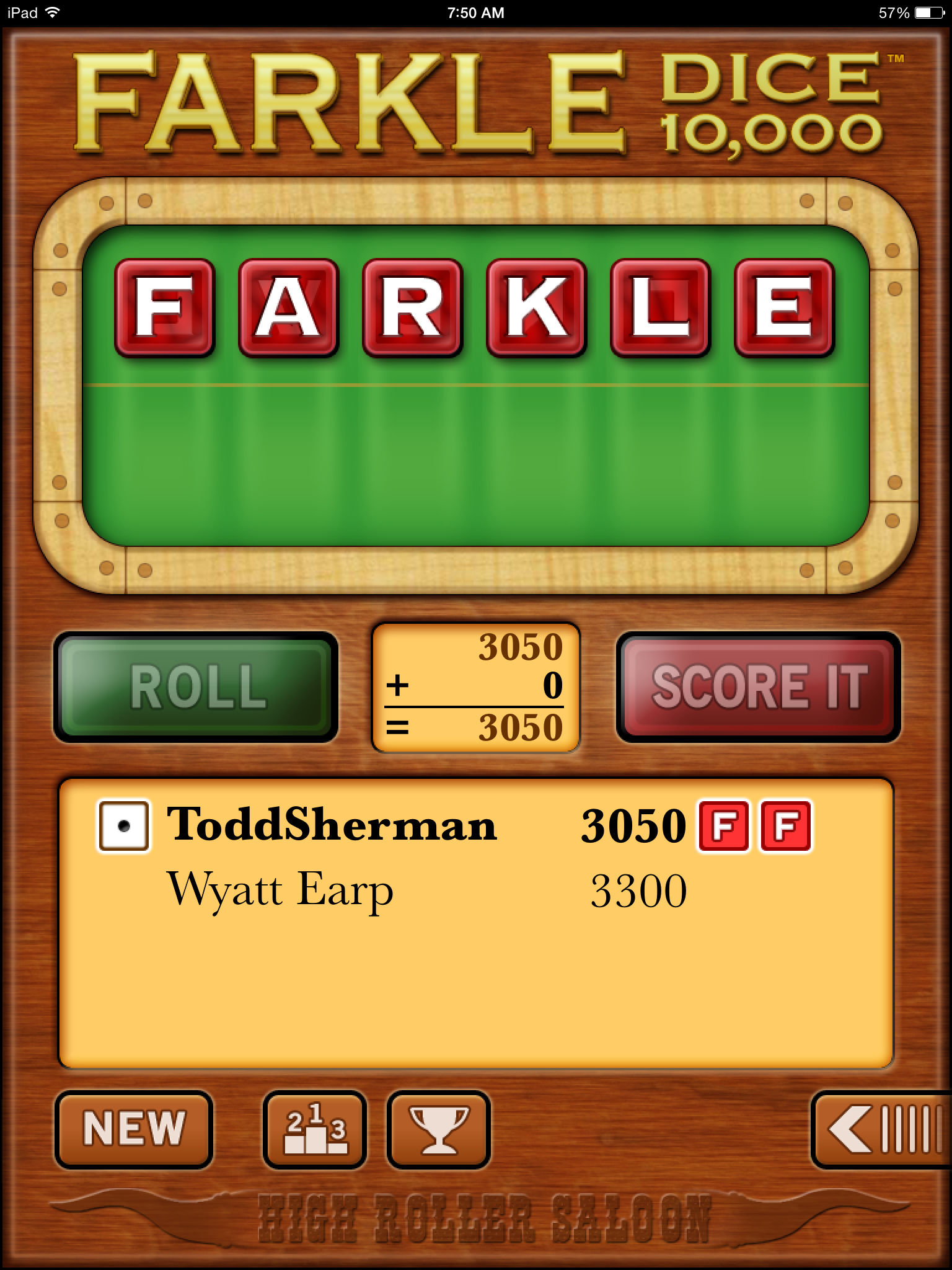How to Play
Triples Background
This game that we call Triples is not the first of its kind; Triples was created centuries ago and has gone by other names, such as Marelles, Marels, Marrills, Merelles, Mérelles, Merels, Merreles, Merrels, Merrelus, Merrills, Meuhle, Mills, Morell, Morelles, Morris, Mühle, Muller, Mylla, Mylta, Mynek. It’s most popular name over recent years has been Nine Men’s Morris.
Know the Game
Let’s get some important game playing terminology out of the way. A player creates a “mill” when he or she lines up three pieces of the same color either vertically or horizontally. Three in a row diagonally does not count and if you look carefully, you will see that the lines on the playing board only connect up and down and side to side.
Although it looks like Tic-Tac-Toe, and the game isn’t over just because you got three in a row. In Triples, the ultimate goal is to whittle your opponent down to two pieces, ensuring that he can no longer create a mill. The first player to do this wins it all. Additionally, there is another road to victory. If you can block your opponent from making a move, you have also won. However, since you probably won’t do that every time, let’s focus on the first strategy.
To decrease your opponent’s stock of pieces, we employ the mill. Creating a mill allows you to permanently remove any one of your opponent’s pieces from the board.
Starting the Game: The Placing Phase
Okay, so you’ve finally got someone to play with, and you’ve got your rules straight. Well, the hard part is over, really. Choose a player to go first, and then take turns placing pieces one at a time onto any empty space on the board. Don’t forget to try for a mill while you’re at it!
Finishing the Game: The Moving Phase
Well, odds are your opponent isn’t too daft, so you will probably both run out of pieces to lay before you’ve removed all of his pieces from the board. You may not even have a mill yet, but that’s okay. After all of the pieces have been played on the board (ignoring pieces that were laid and then captured), with each passing turn you are each allowed to move one piece along a line to an empty space next to it.
Even if you have created a mill, you can move a piece out of that mill, and if your opponent doesn’t do anything about it, on your next turn you can move that piece back into its previous space, creating a mill again and allowing you to steal another of his pieces! If you’re really good, you may be able to move a piece out of a mill and into alignment with two other pieces, instantly creating another mill. If you form one of these, which we call double mills, your opponent had better have an ace up his sleeve, because otherwise, he might as well give up.
Either way, pieces will start to disappear. Hopefully, you’ll get your opponent down to two without losing a single piece, but sometimes, sacrifice is necessary, so don’t cry…they’re only spheres.
Keys to Winning
So, you can beat the computer on “Trainee”, but you’re still afraid to challenge your friends because they usually play on the “Expert” setting? Well, we’ll make a pro out of you!
To win against a skilled opponent, you have to think like a skilled opponent. For example, on the “Champion” setting the computer always plays with the most optimal move possible. There is always a rhyme or reason to the location of his piece placement. Understanding this will help you play better.
The computer has a list of priorities that it follows, and lays based on which location fulfills the highest priorities. His priorities are as follows:
- Create a mill when possible – Good for him, bad for you!
- Block any potential mill – Definitely bad for you
- Place pieces to be easy to move into mills once the moving stage of the game begins
What good is a mill or two in the placing round if you can’t get any after that? - Place/move pieces on the board in ways that block the opponent from creating two potential mills on his next turn – Life is cruel when you can’t get the upper hand, isn’t it?
- Place/move pieces on the board in ways that create two possible mills
If you can’t block them both with one piece, you’re in trouble - Create mill possibilities that bait the opponent into laying in places that are worthless for himSo you blocked him from getting a mill? Big deal! Now it’s his turn again!
Because having one of your pieces stolen makes the game that much harder, it’s tough to bounce back once you start losing. Therefore, defense must be your top priority. Even when you create a mill and can eliminate one of your opponent’s pieces from play, you must carefully decide which of his pieces has the most potential to immediately become part of a mill, rather than just eliminating pieces that free up space for you to make a mill of your own.
In the same spirit, if one of your opponent’s pieces or successfully created mills is blocked in, don’t delete or move a piece that would allow him access to the mill or give him the freedom to move out and back into the mill. Remember that a mill for him equals trouble for you. Unless, maybe you like the challenge of playing with less pieces…
Of course, don’t discount the fact that sacrifice does sometimes pay off. If you’re still in the placing phase, and you know that your opponent is going to create a mill one way or another, look to see if you might be able to simply re-place the piece he takes from the board on your next turn and successfully block his mill in tightly, preventing him from moving a piece out and back into it and re-creating it continually to steal more pieces.
Also, while placing pieces on the board, your first priority should be to block any chain of two tiles that has the third space in the sequence open. However, when you can freely play without worry of your opponent coming back with a mill, place your pieces in spaces that increase your chances of having two places to score a mill in one turn, because your opponent can obviously not block this. Placing your pieces on spaces that have the highest possible number of lines attached to them is generally the best way to work toward this goal.
It is wise, however, not to focus too heavily on the placing phase. Remember that against two skilled opponents, is highly likely that no mills will be scored during the placing of pieces. Therefore, your final priority should be to place your pieces in ways that allows you to easily move unhindered to a mill once you can move your pieces, while simultaneously using your pieces as roadblocks that prevent your opponent from moving his pieces into any sort of alignment. Of course, make sure to laugh deviously once the moving phase starts for added effect.
Finally, understand that having “nothing better to do” can be very bad for you in Triples. One of the things that your opponents will try to do is block all of your pieces in but one, forcing you to make a move that only helps them. You can use this against your opponents, too, of course. There’s nothing more satisfying than being so gracious as to not completely block in your opponent, and then watch as their only remaining move opens up a path for your blocked in mill to broken up and re-formed.
Special Tip: Making a Wise First Move
Too many options and don’t know where to lay when you have to go first? Well, you can always go into the options menu and let your opponent deal with that dilemma. On the other hand, you can also take advantage of the situation. Place one of your pieces at any intersection on your first turn, and if your opponent doesn’t take it, claim the opposite intersection on your next turn. Intersections have four adjacent tiles, and pieces placed there can form mills in two directions. In addition, intersections are crucial points on the board. If you have them, you can have a lot of freedom of movement, as well as an easy way to block your opponent from several types of mills. Furthermore, the more intersections you grab and the more of the board you are covered, the better chance you’ll have at getting two possibilities for a mill – even by accident.
A wise first move
A wise second move
If your opponent goes first, they will likely take an intersection, but there’s no point in whining about how you’re destined to lose, because you’re not. Rather, take an intersection next to your opponent’s piece, which will increase your chances of blocking it in later. If possible, take another intersection on your next turn. However, don’t get carried away; by your third turn, you should start paying close attention to your defensive strategy. Don’t forget those six priorities that the computer was using against you…
Covering the board
quickly
Future Feature Teasers
Setting up your Game
Play will start automatically with a computer. However, if you
click the menu button at the bottom of your palm device, you
can open an options menu and go to “settings” or “preferences”
to change rules, difficulty, number of players, and the like.
Piece color
Everybody has a favorite color – make sure to get yours!
Opponent TypePlay versus the computer, or take turns playing against a human friend.
Difficulty
If you’re playing the computer, you can choose how rough you
like the waters. This option disappears if you’re playing a
human, so all we can say is be careful who you make friends
with.
Automatic Promotion
If you turn this on, when you beat the computer you’ll
automatically start another game on the next hardest difficulty
setting. It’s like battling your way up the ranks. How exciting!
Settings
How do you like your game of Triples? Do you want to turn
on the option to allow a player who has only three pieces left to
move any one piece wherever he wants on his turn, or do you
tell him to stop being a pansy and move one space like every
other turn? Likewise, are you cruel enough to break up your
opponent’s mill by stealing one of the pieces out of it when you
get three in a row, or do you want to turn off that option and let
you and your opponent’s hard-earned successes remain
untouched? You decide.
Volume
If you think our sound effects rock, turn them up and let
everyone in the waiting area hear them.
Mute
If you’re playing Triples in class, you’ll want this one checked.
First Move
If you don’t like losing, you can always make your color go
first!



